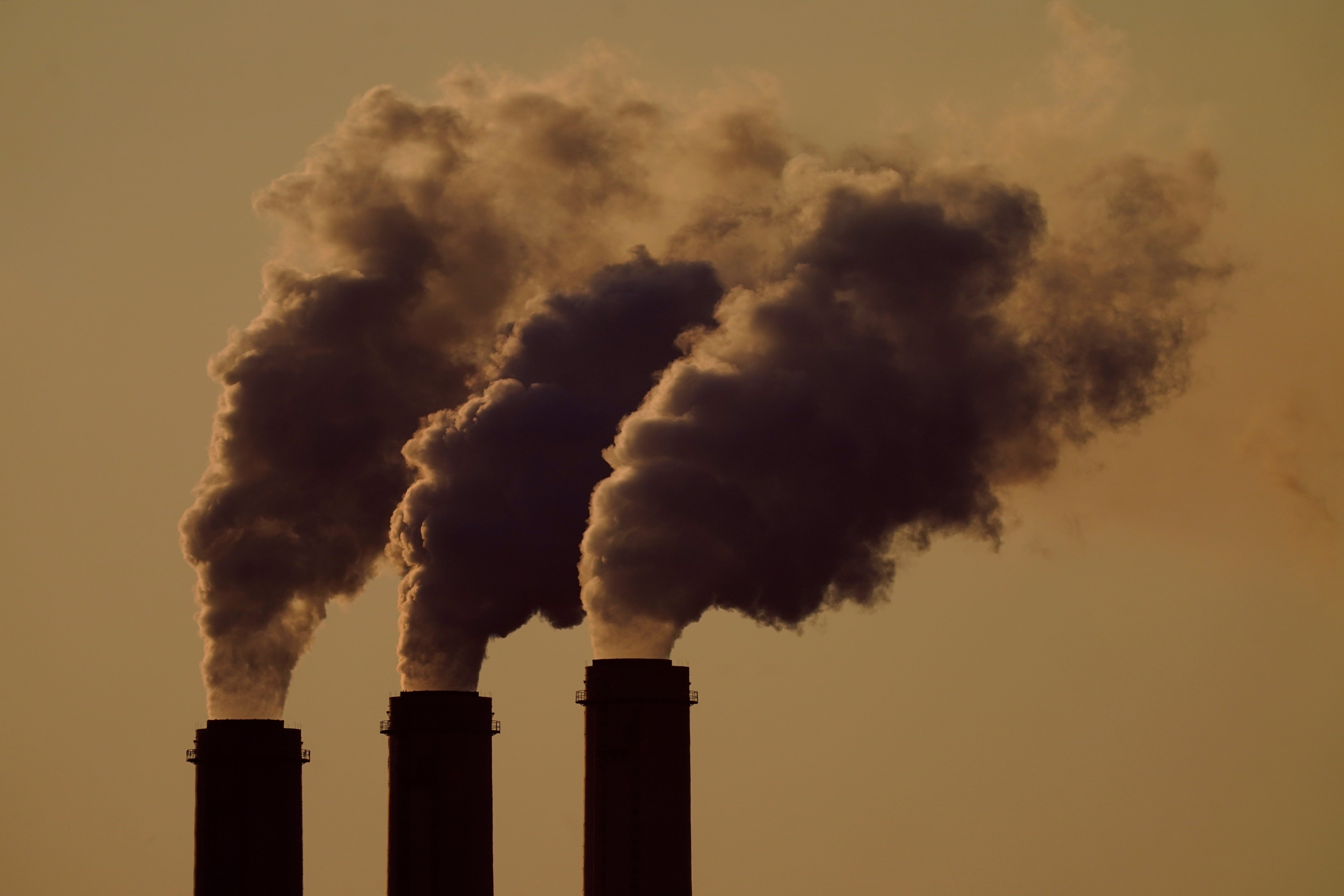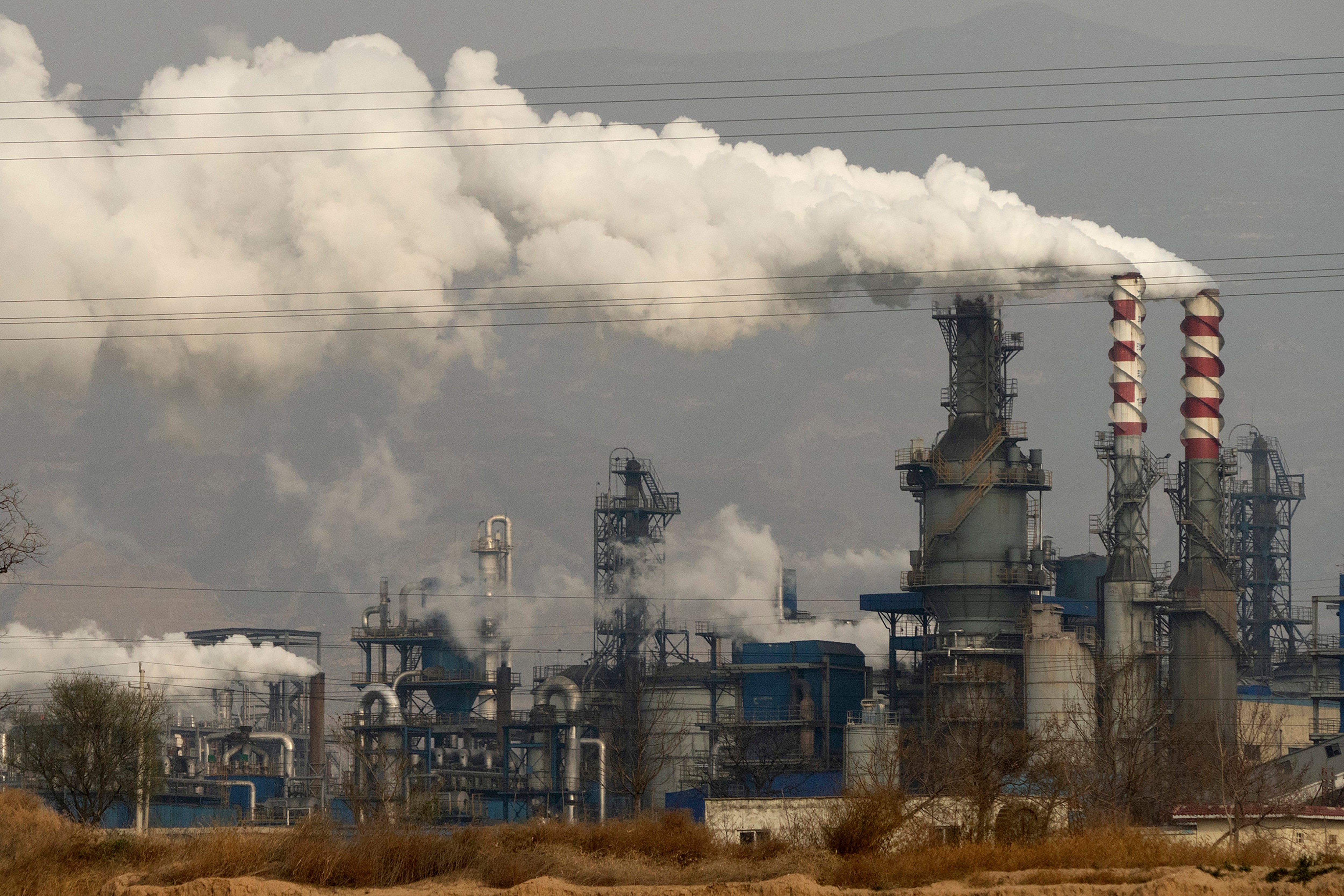Reducing carbon emissions will not harm economic growth, study finds
Countries can meet 2015 Paris Agreement climate objectives while maintaining global economy, study suggests

Net zero carbon emissions can be achieved by 2050 without harming economic growth, a new study has found.
Many countries are pursuing net zero emissions in line with the 2015 Paris Agreement, which aims to limit global temperature rises to 1.5C.
The new study published by Oxford University Press used energy system and macroeconomic models to explore how these objectives could be reached and whether achieving them is possible with continuing economic growth through to 2100.
Though some scholars say that economic growth cannot be maintained while resolving the climate crisis, researchers point to the European Union’s economy - which grew by more than 50 per cent while CO2 emissions fell by 25 per cent between 1990 and 2016.

Additionally, in the UK and Finland, consumption-based emissions fell from 2007 to 2016 while their economies grew from 2010 to 2016.
Researchers modelled various scenarios to slow the growth of global primary energy demand so that in 2100 it was only 30 per cent above its 2020 level.
They also modelled the use of renewable technologies that are needed to decarbonise electricity generation almost entirely by 2100, and produce seven times as much power as the world used in 2010, to replace fossil fuels in transport, heating and in some industrial processes.
Finally, they modelled the phasing down of coal globally as fast as the US has reduced its use in recent years.
The researchers found just a small reduction in economic growth by 2100 from a baseline without decarbonisation that ignores climate damages.
Essentially, none of the scenarios came anywhere near declines in economic output near the 2020 level.
Paul Ekins, who led the study said: “Continuing global economic growth is clearly compatible with achieving the temperature target in the Paris Agreement. Governments now need to step up to put in place the policies to stimulate the investments that are required to turn these projections into reality.”
Economic growth after 2020 declines from 3.5 per cent to just over 1 per cent in 2100 under the central scenario, which is mainly due to the stabilisation of the population over this period.
Over these 80 years, per capita growth just about halves as the growth of investment slows, largely after 2040.

The average annual growth rate over the period 2020-2100 consistent with an energy system that achieves a maximum rise of 1.5C in 2100 is 1.76 per cent and by 2100 the global economy is five times the size it was in 2015.
The study suggests that it would be possible to reach the Paris Agreement objective of 1.5C but only by making “significantly greater use of carbon capture and storage and negative emission technologies”.
Under this scenario, the peak temperature rises from 1.87C to 1.89C.
If carbon capture is not available, even with the fast coal phase-down, cumulative CO2 emissions double over the central scenario, and it would no longer be possible, to keep the temperature rise to 1.5C by 2100 – it rises to 1.74C.
The study said that in order to meet the feasible Paris agreement objective, countries need to uphold global cooperation, strong environmental policy and low population growth.





Join our commenting forum
Join thought-provoking conversations, follow other Independent readers and see their replies
Comments